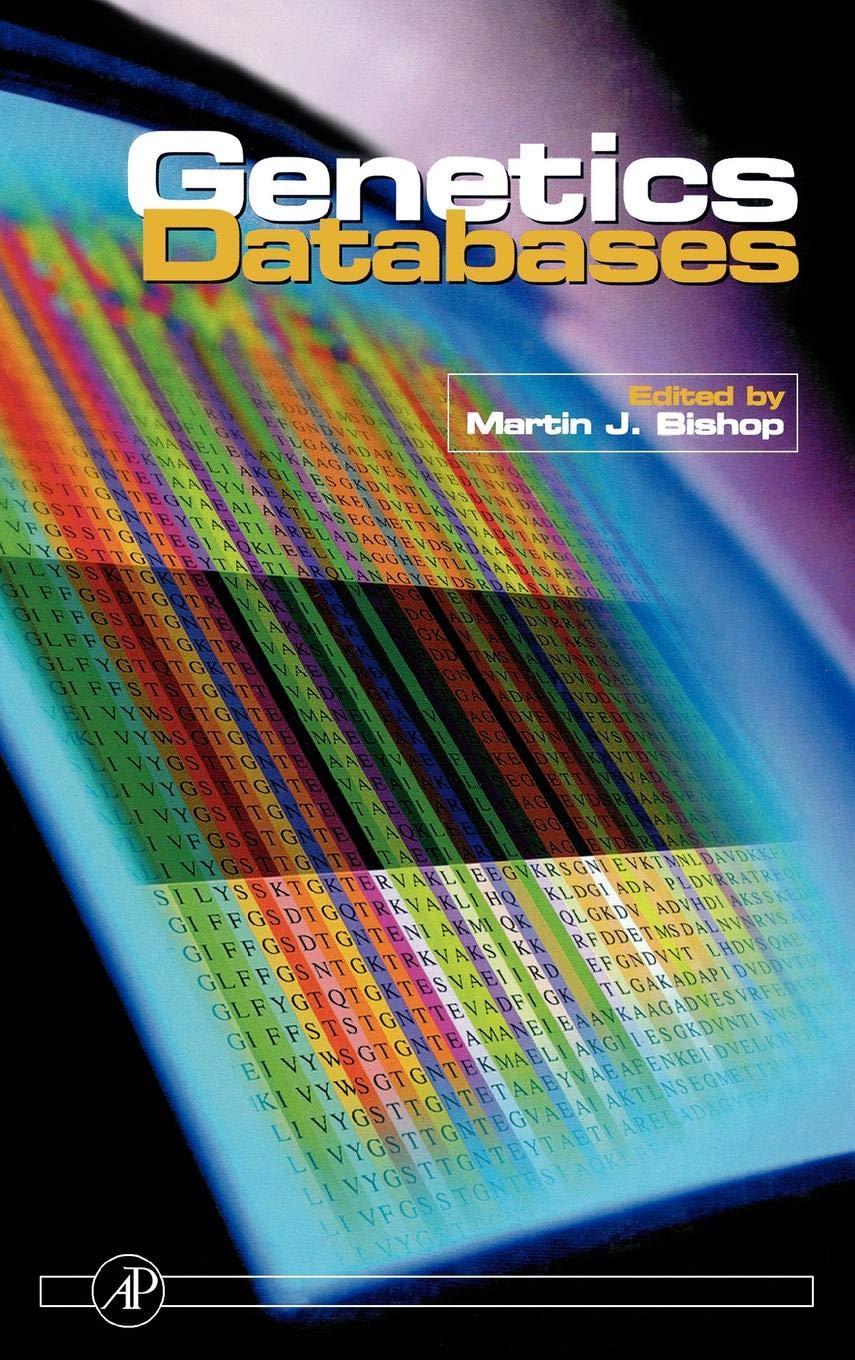Answered step by step
Verified Expert Solution
Question
1 Approved Answer
please give the require time complexity code /** * Function: give_buzzer() * Return: buzzer-ID (integer) assigned to the new customer. * Description: This is the
please give the require time complexity code
/** * Function: give_buzzer() * Return: buzzer-ID (integer) assigned to the new customer. * Description: This is the "enqueue" operation. For us * a "buzzer" is represented by an integer (starting * from zero). The function selects an available buzzer * and places a new entry at the end of the service queue * with the selected buzer-ID. * This buzzer ID is returned. * The assigned buzzer-ID is a non-negative integer * with the following properties: * * (1) the buzzer (really it's ID) is not currently * taken -- i.e., not in the queue. (It * may have been in the queue at some previous * time -- i.e., buzzer can be re-used). * This makes sense: you can't give the same * buzzer to two people! * * (2) Reusable Buzzers: A re-usable buzzer is * a buzzer that _was_ in the queue at some previous * time, but currently is not. * * REQUIREMENT: If there is one or more reusable * buzzer, you MUST return one of them; furthermore, * it must be the buzzer that became reusable most * MOST RECENTLY. * * (3) if there are no previously-used / reusable buzzers, * the SMALLEST possible buzzer-ID is used (retrieved from * inventory). * Properties in this situation (where N is the current * queue length): * * - The largest buzzer-ID used so far is N-1 * * - All buzzer-IDs in {0..N-1} are in the queue * (in some order). * * - The next buzzer-ID (from the basement) is N. * * In other words, you can always get more buzzers (from * the basement or something), but you don't fetch an * additional buzzer unless you have to (i.e., no reusable buzzers). * * Comments/Reminders: * * Rule (3) implies that when we start from an empty queue, * the first buzzer-ID will be 0 (zero). * * Rule (2) does NOT require that the _minimum_ reuseable * buzzer-ID be used. If there are multiple reuseable buzzers, * any one of them will do. * * Note the following property: if there are no re-useable * buzzers, the queue contains all buzzers in {0..N-1} where * N is the current queue length (of course, the buzzer IDs * may be in any order.) * * RUNTIME REQUIREMENT: O(1) ON AVERAGE or "AMORTIZED" * In other words, if there have been M calls to * give_buzzer, the total time taken for those * M calls is O(M). * * An individual call may therefore not be O(1) so long * as when taken as a whole they average constant time. * */ int give_buzzer() { int b; // take top reusable buzzer if possible if(buzzer_bucket.size() != 0) { b = buzzer_bucket.back(); buzzer_bucket.pop_back(); } // otherwise, queue must contain exactly buzzers // 0..the_queue.size()-1 // and therefore, the next smallest buzzer must be // the_queue.size() else { b = the_queue.size(); } the_queue.push_back(b); return b; } Step by Step Solution
There are 3 Steps involved in it
Step: 1

Get Instant Access to Expert-Tailored Solutions
See step-by-step solutions with expert insights and AI powered tools for academic success
Step: 2

Step: 3

Ace Your Homework with AI
Get the answers you need in no time with our AI-driven, step-by-step assistance
Get Started


